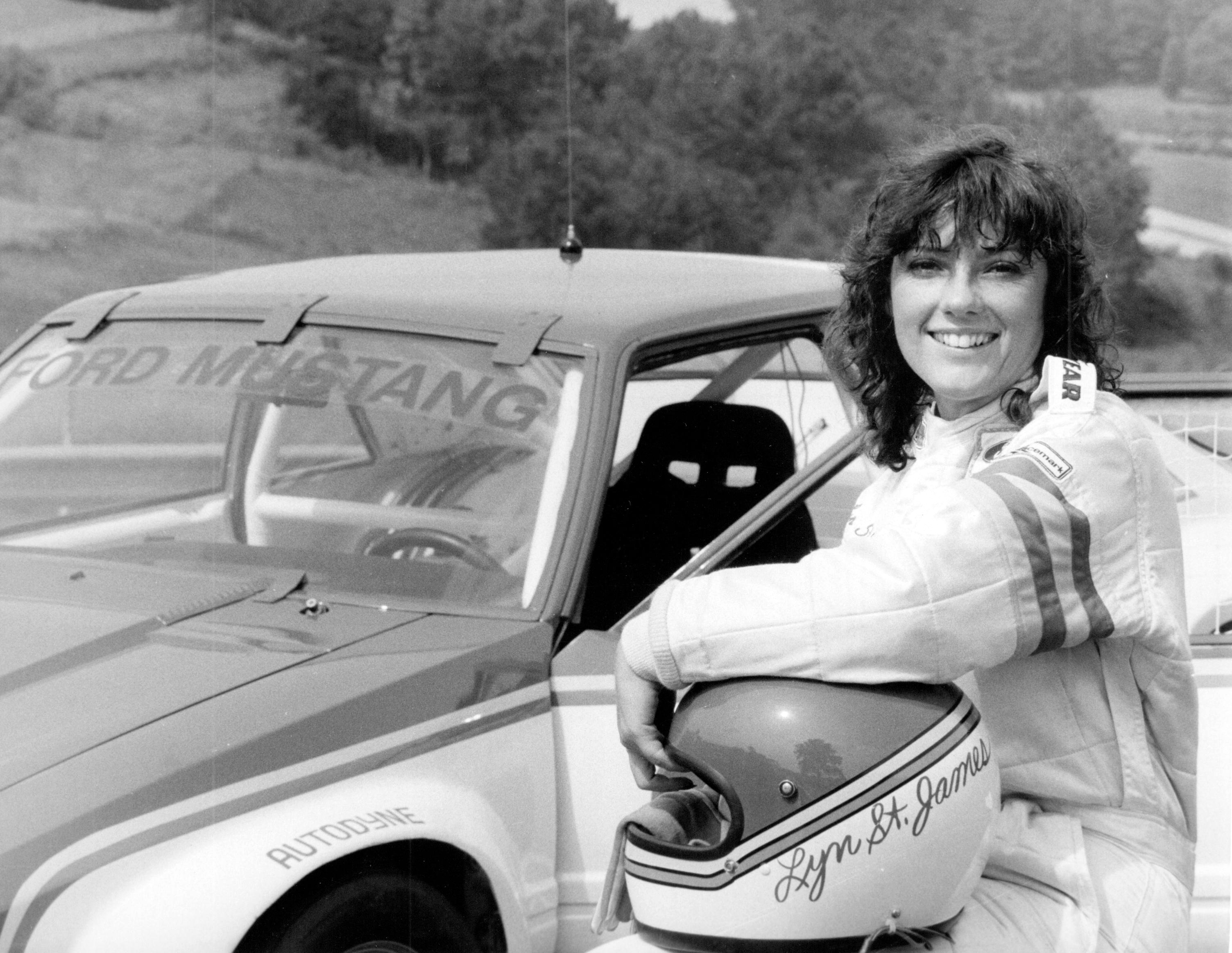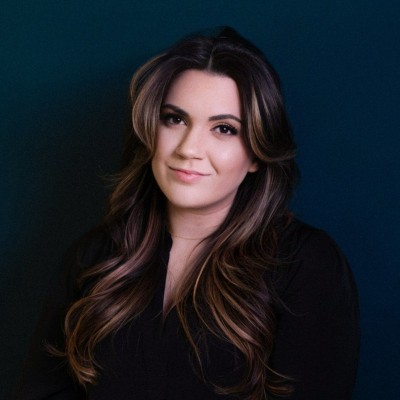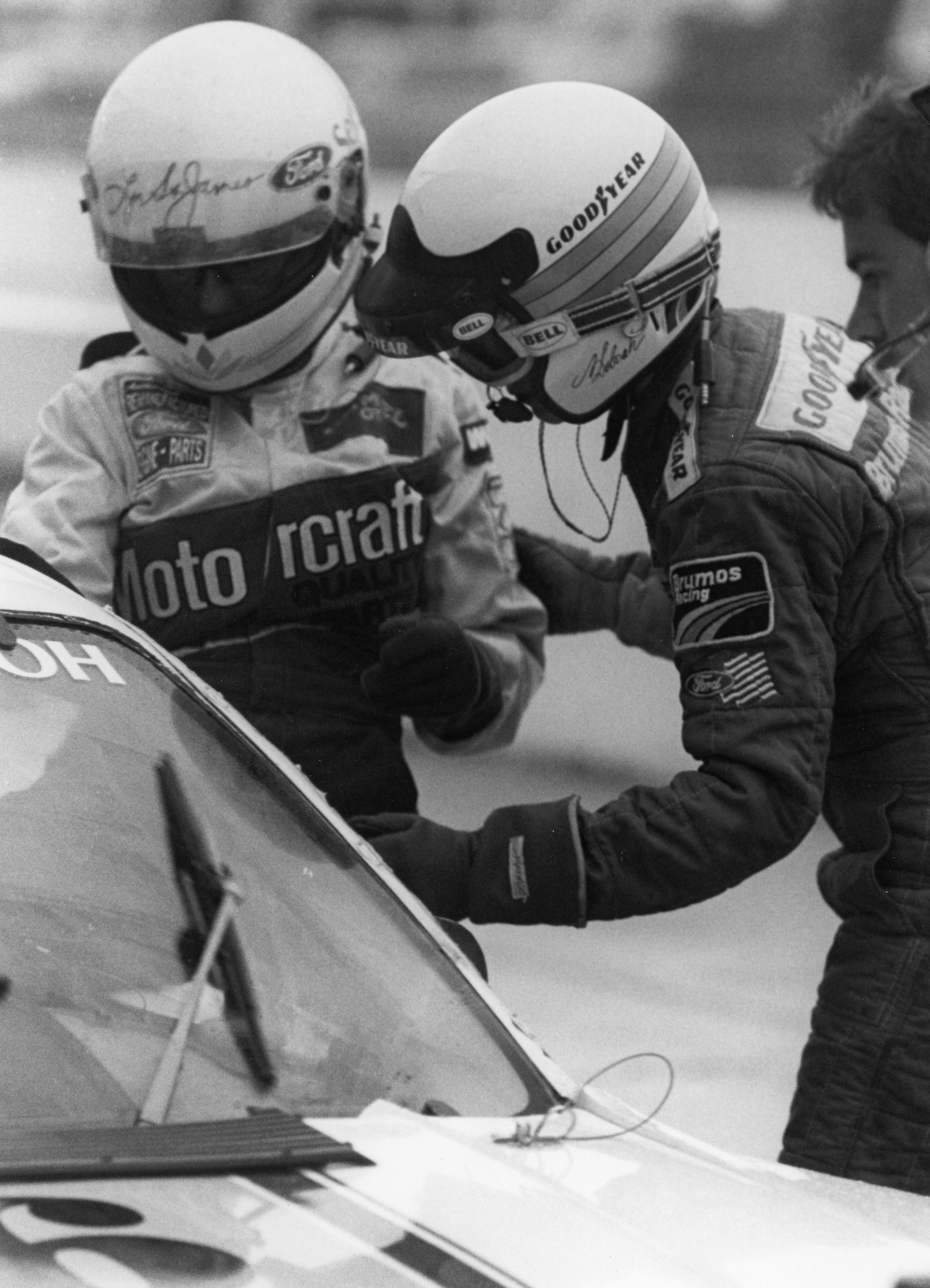Lyn St. James never waited for permission. She didn’t ask for a seat at the table; she carved one out of sheer will. In a space that wasn’t built for women, she refused to see herself as an anomaly, let alone an exception. Instead, she became a force — a racer, a mentor, an architect of change — who not only broke records but shattered barriers.
St. James is the only woman to win an IMSA GT race driving solo. She’s captured 21 international and national closed circuit speed records, won the 24 Hours of Daytona twice and took victory in the 12 Hours of Sebring. But if you ask her what she’s most proud of, it’s not just the checkered flags. It’s the fact that today, women are not just racing, they’re running teams, in engineering, making corporate decisions, and shaping the future of motorsports.
It’s been a long road, but for St. James, the end isn’t in sight quite yet.
“There’s still work to be done,” she says. “And I’m going to keep pushing until I know the next generation doesn’t have to fight the same battles I did.”
“I’m going to keep pushing until I know the next generation doesn’t have to fight the same battles I did.”Lyn St. James, race car driver
Ford has been intertwined with St. James’ career from the moment she realized that talent alone wouldn’t be enough to make it in professional racing. She knew early on that motorsport wasn’t just about winning races. It was about securing backing, building relationships, and aligning with brands that believed in racing as more than just a marketing exercise.
“I was reading Car and Driver magazine, and it was about a Ford product — probably a Mustang, maybe a Capri — but there was a sidebar article. It was titled ‘Ford and Feminism,’” St. James recalls.
That was all the invitation she needed.
“I went after Ford,” she said. “And to be honest, I went after all the car companies. But I figured, if Ford cared, then maybe they all would.”
But success didn’t happen overnight.
“That was in 1978, and I didn’t get the meeting with Ford until 1980,” she said. “I just kept writing letters, kept racing, and kept telling them who I was and what I was doing.”
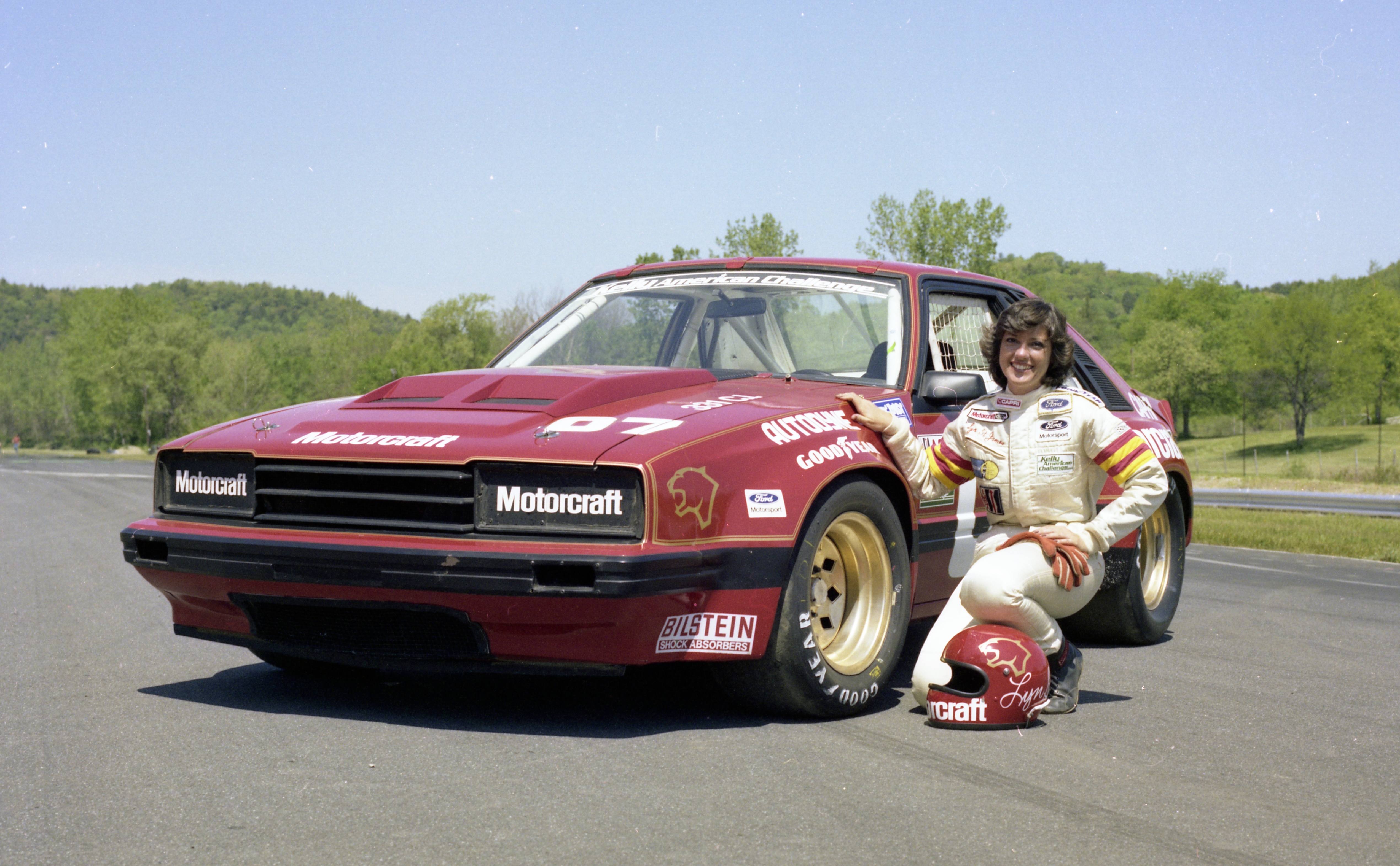
Her breakthrough moment came in an unexpected way.
“I was in Las Vegas at a Ford dealer show, standing next to these European race cars they had brought over — cars that ran in the World Rally Championship and British Touring Car Championship. And I was telling people about them as they walked by,” she recalls.
Most people didn’t stop. But one who did was Walter Hayes, a key figure in Ford’s global motorsports efforts.
“You seem to know a lot about these cars, young lady,” he told her.
Her response was immediate. “I’m a race car driver,” she said.
That conversation led to her first real opportunity with Ford.
“I remember coming to Dearborn. At the time, they hadn’t even started SVO (Special Vehicle Operations) yet. It was a big deal that I got to come in and present to them.”
What she pitched was a program to bring the Ford Capri, which was racing in Europe, over to compete in the U.S. Instead, what she got was a Ford-backed ride in IMSA’s Kelly American Challenge series in a Mustang. That deal launched what would become a decades-long relationship with Ford.
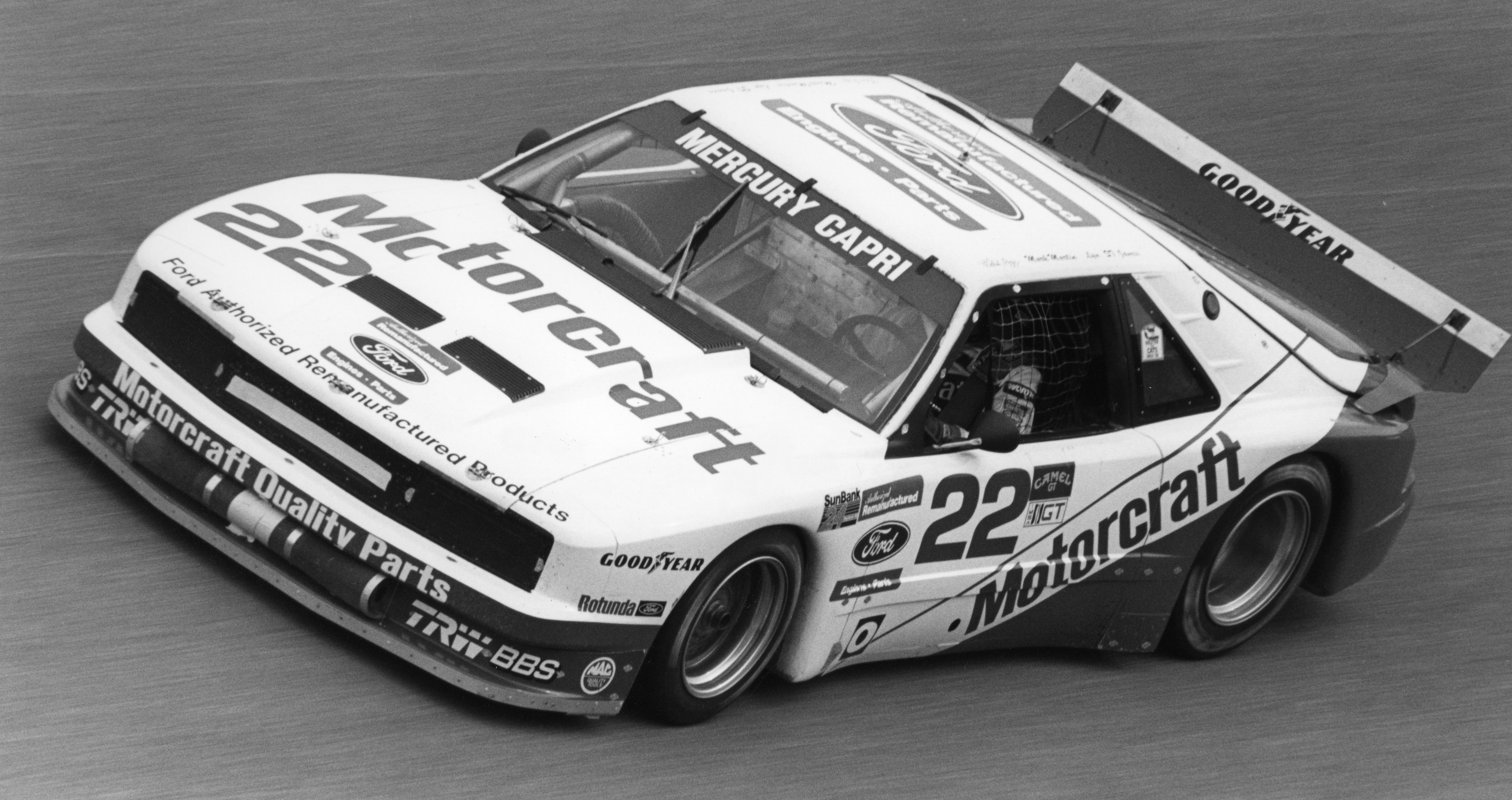
For St. James, Ford wasn’t just a financial backer; it was a fundamental part of her career.
“Without Ford’s support — particularly in those first five, six, seven years — I don’t know that I would have had a career,” she admits.
“Without Ford’s support, I don’t know that I would have had a career.”Lyn St. James, race car driver
A deep-rooted connection to racing and commitment to motorsports, she says, is what sets Ford apart.
“The company was founded by Henry Ford because he won a frickin’ race,” she said with a laugh. “Racing is in their DNA. Their commitment wasn’t just about a marketing push — they were in it for the long haul.”
For all the battles she fought, there was a moment when St. James felt the perception of her as a racer fundamentally change. It came in 1985 at Watkins Glen.
She had entered the race as part of a team, but when it came time to switch drivers, her co-driver wasn’t able to take over. St. James had to run the entire race herself.
“In endurance racing, there’s always a question — who put in the lap times?” St. James said. “But this time, there was no question. I drove the whole damn race.”
That win, driving solo, cemented her as more than just a woman competing in motorsports. It solidified her as a driver, full stop.
And the recognition followed.
“I still have the trophy,” she says. “Most Improved Driver, 1985, in the Camel GT series. It has my name on it. And that meant something.”
For all the battles she fought, St. James never saw herself as a trailblazer.
“I wasn’t thinking about making history,” she said. “I was just trying to race. There are more women working in racing now, from mechanics to engineers to executives.
“But we can’t get complacent. Visibility matters. If young girls don’t see women in these roles, they won’t think it’s possible.”
She stresses the importance of mentorship and relationships, something she calls "the people in the room."
“You have to be able to represent yourself, to be strong and positive, but you also have to have the right people advocating for you when you’re not in the room,” she said.
Throughout her career, St. James was relentless in networking, building connections, and making sure she was top of mind for the right people. It wasn’t just about sponsorships — it was about being someone who companies wanted to work with.
“Your lap times will get you in the door,” she said. “But your relationships will keep you there.”
Ford’s role in shaping the next generation isn’t just about continuing to support women in the driver’s seat — it’s about fostering an environment where women can thrive across the entire industry.
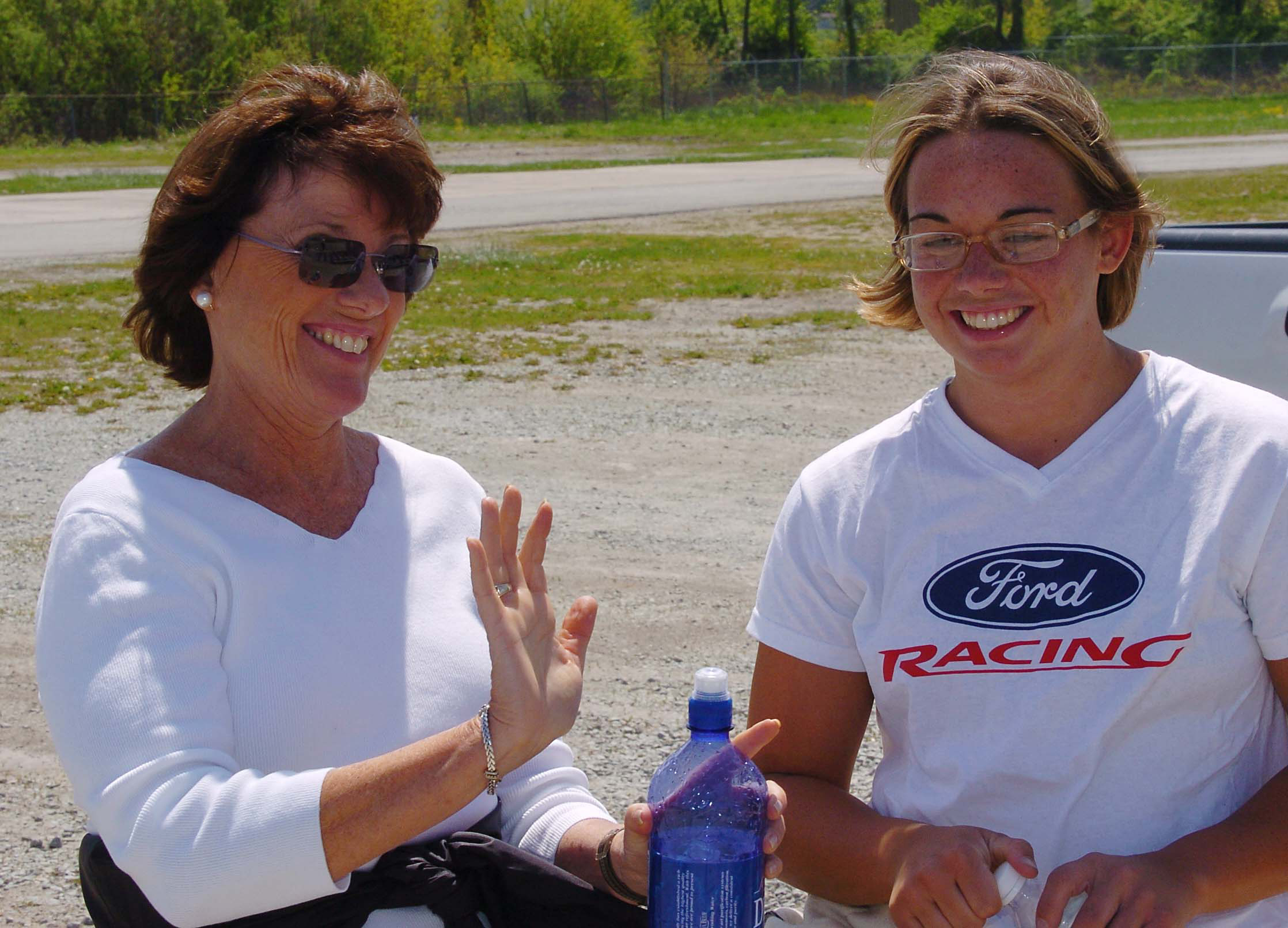
“I worked hard, but they were forward-thinking," she said. "They cared about women in the ‘80s, long before it was mainstream. Ford has a history of supporting women in motorsports — not just for the moment, but in a way that builds something sustainable.”
Five decades in motorsports haven't slowed St. James. They've only sharpened her vision for what comes next and how to get there.
"Stop trying to prove yourself,” she said. “Start improving yourself. We get caught up in feeling like we have to prove we belong. Forget that. Just keep improving. Keep getting better. Everything else will fall into place."
For St. James, visibility isn't optional. It's essential.
"You can't rely on female drivers alone," she insists. "If you're a female engineer, mechanic, or media professional — let people see you. Be vocal. Be present."
St. James has paved a road where none existed before. Now she's passing the keys to a new generation with a simple challenge: Follow it. Expand it. Or carve your own.
Because if there's one thing she's taught us, it's this — in racing, in life, and in breaking barriers, the only way forward is full throttle.
Kelsey Quartuccio writes for the Ford Performance Communications team.
